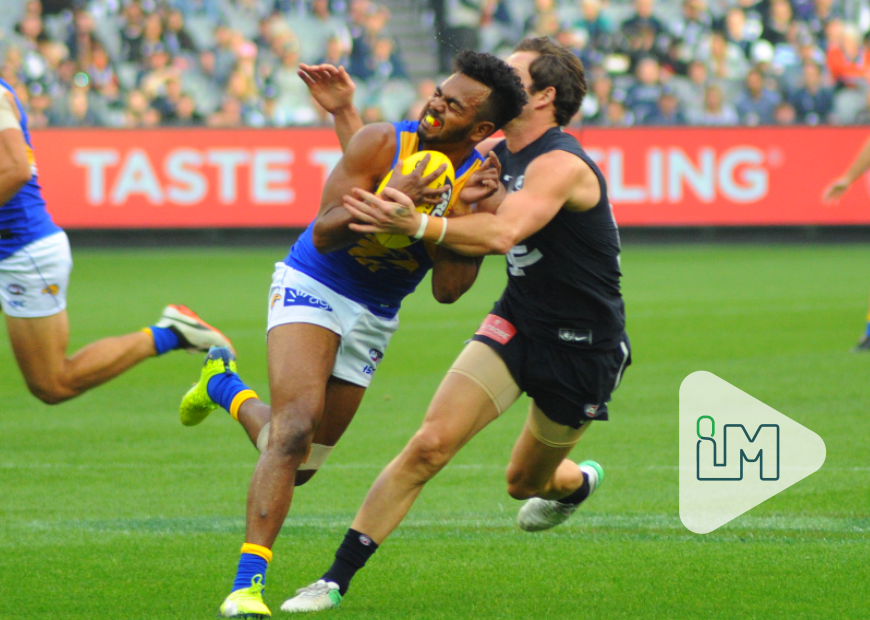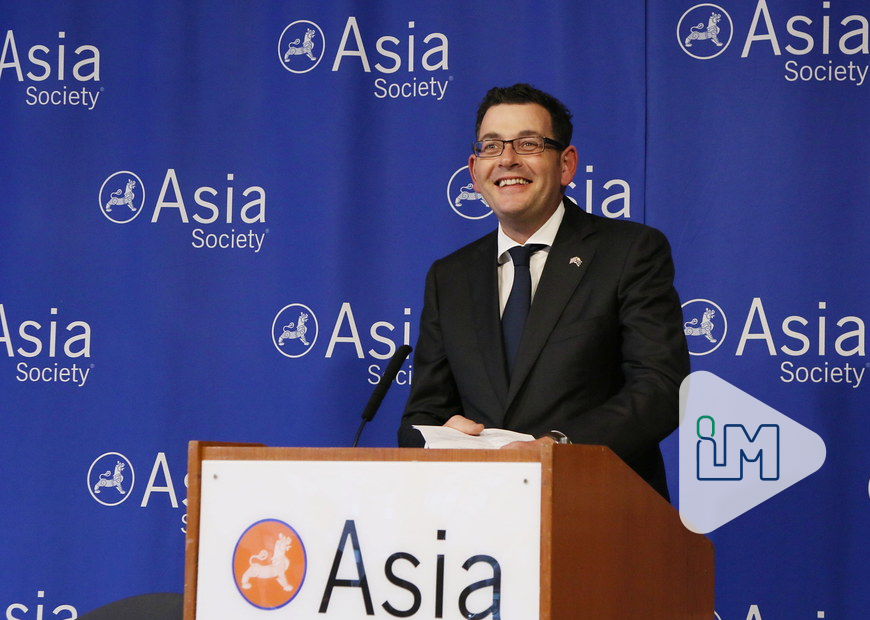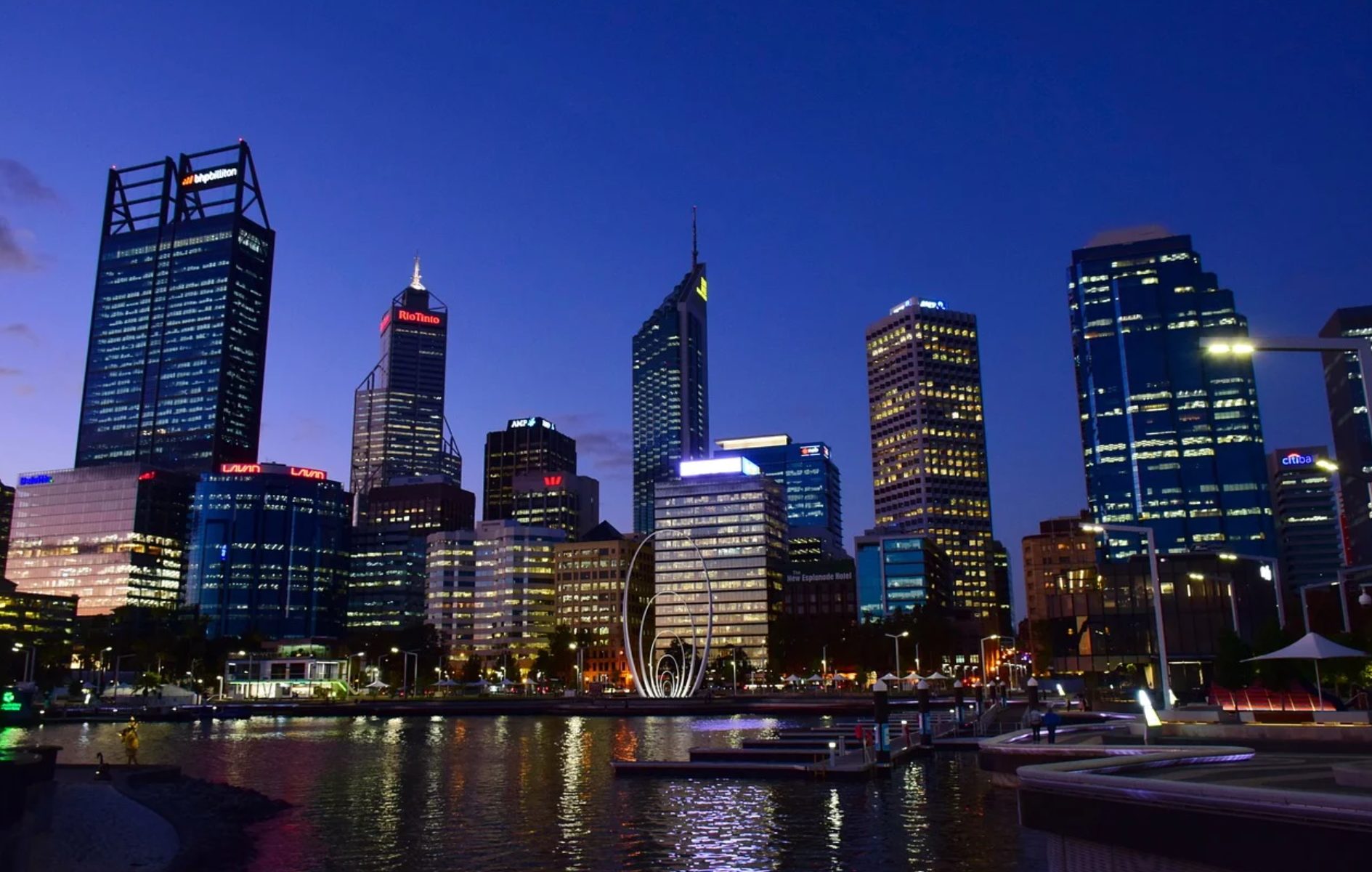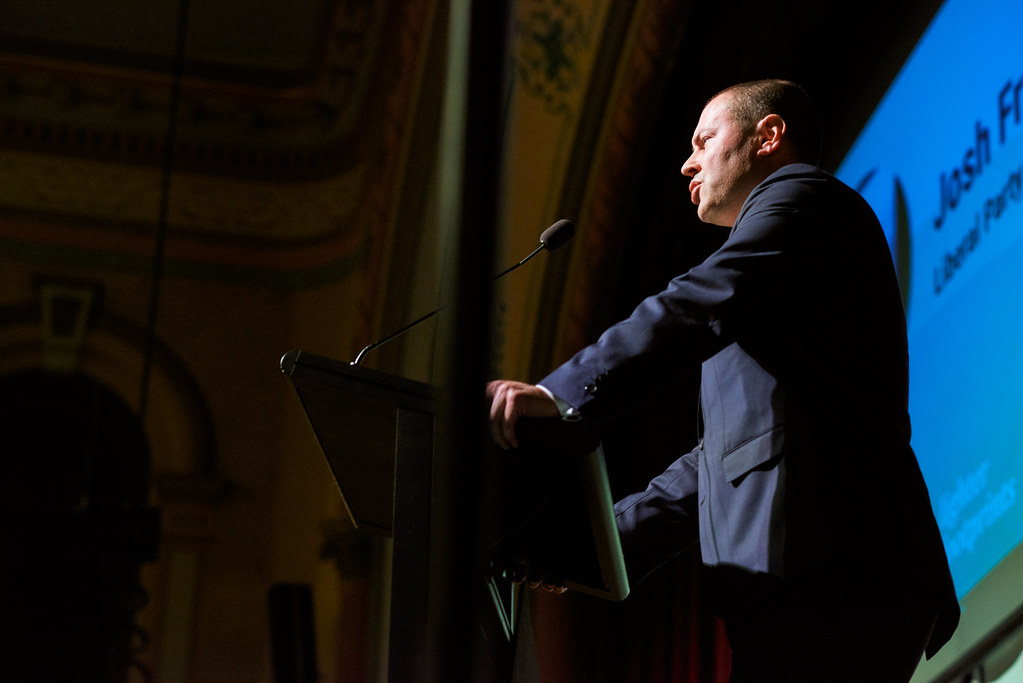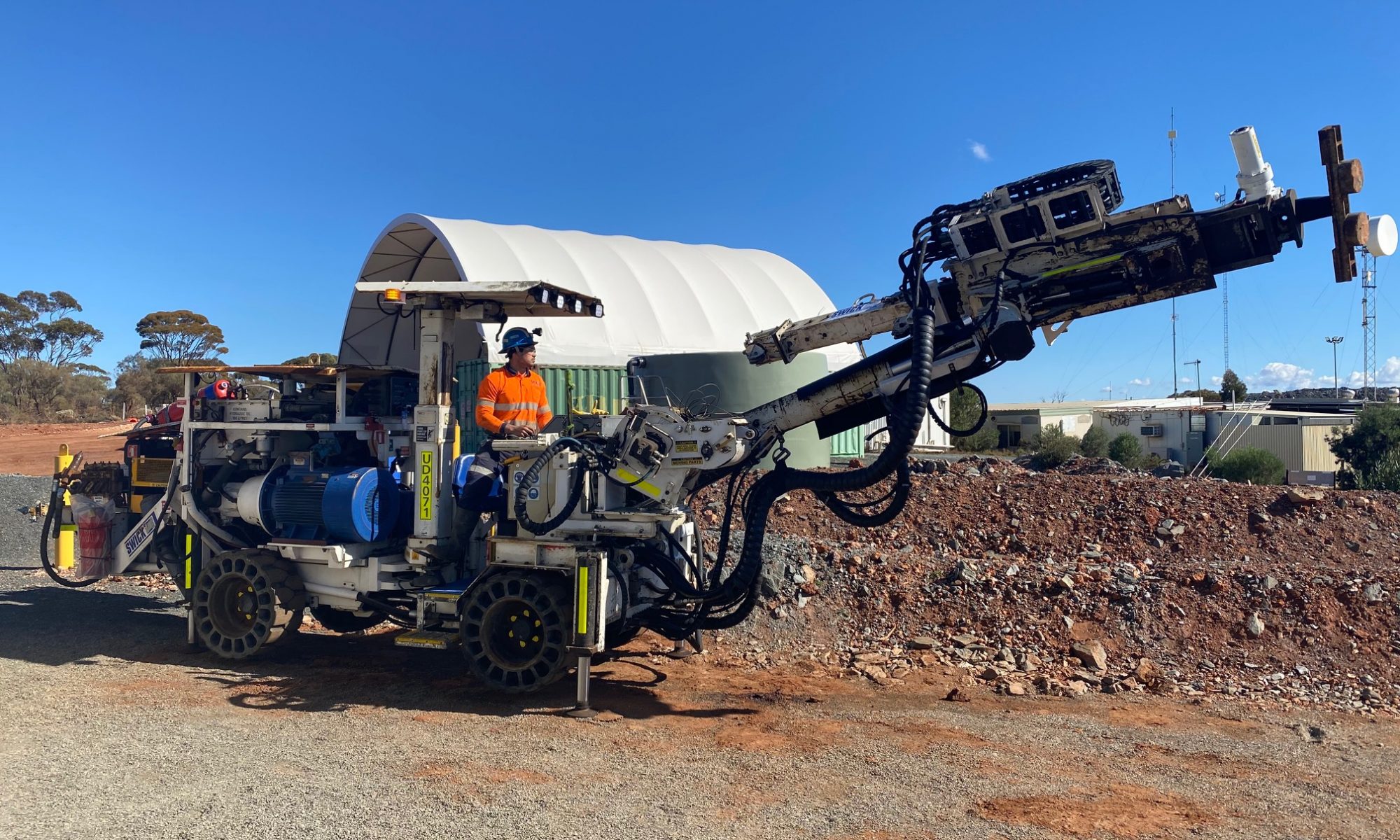
Today I thought I would look at how the media and some corporations treat people and ask; Is that really fair?
For example, the media in the last day or two have been all over the case of Channel Nine News director, Darren Wick, who was charged with a high-level alcohol driving offence that occurred last Friday evening. Mr Wick has since come out and said that he has realised he has a drinking problem and taking steps to address it.
Prior to this, if you had surveyed all of Australia and asked; “Who is Darren Wick?’ the vast majority would have said, Who? Yet here he is having his personal life splashed across the media; and of course, it was their competitors doing most of the wailing. Don’t get me wrong, I in no way condone drink driving and what he did was reckless. But did he deserve the attention he got? He is not a public figure. He is not a prominent person even if he does influence how news is delivered by Channel Nine.
If the Prime Minister was caught doing the same, I can see the rationale behind it being a story, but the prominence given to Mr. Wick was disproportionate in my opinion. One thing I can say is good on him for being so candid.
I would like to talk about a footballer at AFL level now who has been banned from playing football for about 400 days and still no charges have been laid or an end in sight to when it will be resolved. West Coast player, Willie Rioli, has been accused of tampering with a urine sample he was asked to provide in August 2018. He was stood down in September 2019 after he received a second breach for testing positive to cannabis.
Neither of the two accusations have been tested at a tribunal or any other forum where he can try and clear his name or accept responsibility for what has happened. The AFL has wiped their hands of it saying that ASADA has responsibility for how and when the case will proceed. I thought the AFL controlled the AFL not ASADA.
Apparently because of the way the AFL is structured, and the agreements clubs and players have with the AFL, there is no legal recourse to make the AFL act quicker. As for ASADA, they apparently don’t care that a player has literally been left on the sidelines for so long, that it could affect his future, not only with the club, but life after footy.
Surely ASADA isn’t inundated with cases to the point that a back log of such magnitude exits. Surely it doesn’t take 400 plus days to analyse a “B” sample and report back to the AFL. If this is the case, there is a case for AFL to move away from the ASADA regime and start their own testing facility that they can exercise their own timelines on.
On top of all this if the eventual charges are proved he could face a four-year ban that will effectively end his career. I don’t know if time already banned from the game will be taken into consideration when issuing a ban, but I hope for Mr. Rioli’s sake it will be.
Because Mr. Wick is going through the court system, he will be dealt with quickly, even though it is a serious charge, he has publicly acknowledged the facts and the courts can deal with cases like this quickly. In most cases like this it is the defendant that causes delays, if there are any.
With Mr. Rioli, it is a case of not even been charged with an offence or offences and no prospect in site, as those responsible for carriage of the case drag their feet. No Charges – no play doesn’t sound fair to me.
These are just two examples of people being harshly treated by media and corporations, in my opinion, that have little empathy or sympathy for the people involved. There are countless others who have been in similar situations that have had their lives changed forever.
Written by Gary Brown.

